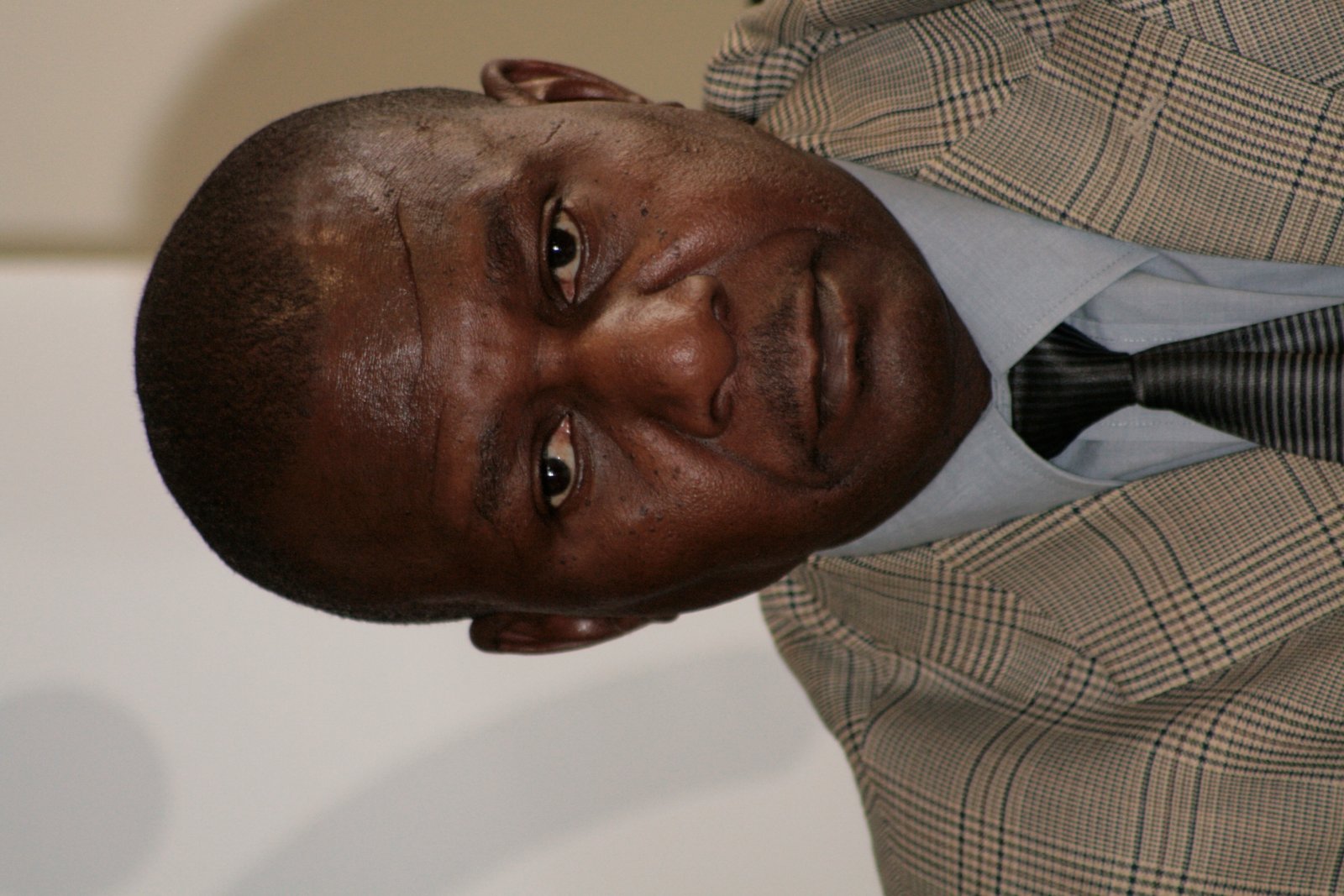
The West Africa Cable System (WACS) Consortium plans to upgrade its system’s capacity in view of the enormous bandwidth update since commissioning in 2013.
Telecom Namibia, one of the participating companies hosted first WACS upgrade meeting in Windhoek recently.
Global telecoms operators from South Africa, Botswana, Angola, DRC, Congo Brazaville, Cameroon, Togo, Nigeria, Ghana, Ivory Coast, Cape Verde Islands, Spain, Portugal, UK, India and Canada were represented at the meeting.
Telecom spokesman, Oiva Angula said in Windhoek that the system upgrade process will be undertaken in two phases, with phase one expected to be completed by end of June this year while phase two will be ready by end of October this year.
“The current upgrade will increase the capacity of the upgrading parties from 11% to 45% of their total capacity entitlement of the WACS system design capacity. Subsequent upgrade phases will be implemented in the future depending on the future bandwidth demand until parties reach their 100% WACS design capacity entitlement,” Angula said.
WACS is a submarine fibre optic cable that links countries in Southern Africa, Western Africa and Europe. WACS is based on a consortium model and is a joint effort of a number of African and global telecoms operators.
The system was officially commissioned in May 2012 and since then the bandwidth uptake has been quite enormous. This has forced the WACS consortium to go out on tender to upgrade the system.
The tendering process was finalised and the supplier appointed in December 2014 in the form of Huawei Marine Networks (HMN).
The Swakopmund Landing Station serves as a broadband gateway to the world for Namibia’s ICT industry. The station is also currently transiting for land-locked countries like Botswana, Zambia, Zimbabwe and Malawi.











